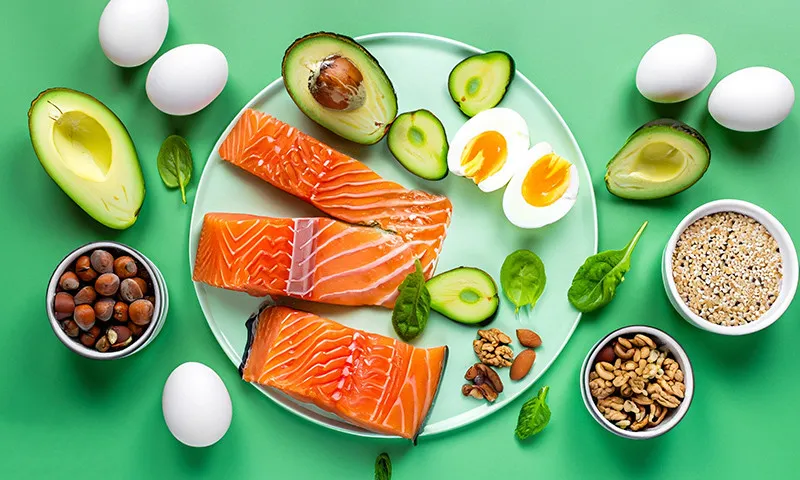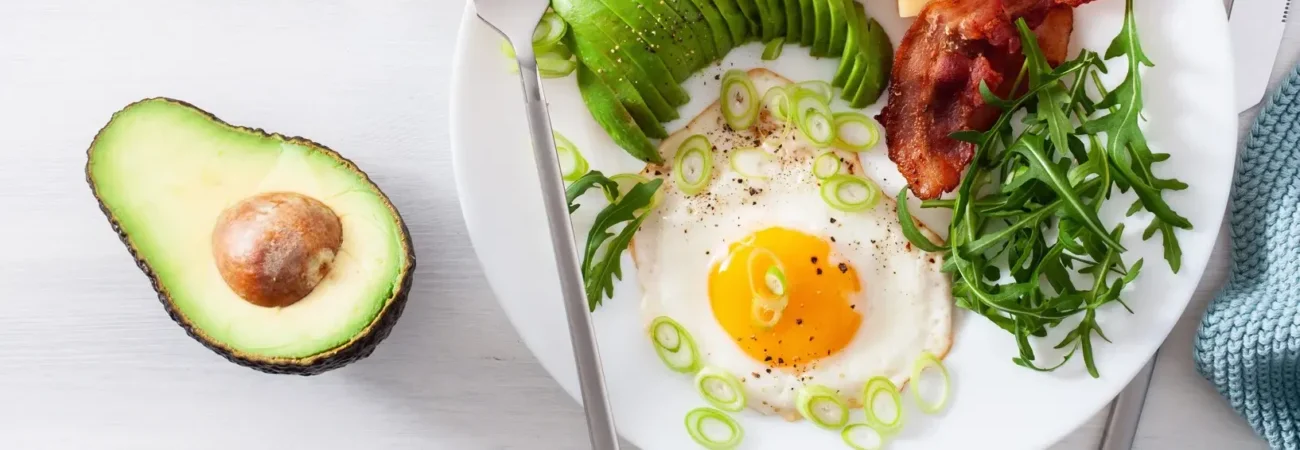The ketogenic diet, commonly known as the keto diet, is a popular low-carb, high-fat eating plan that has helped many people lose weight, boost energy, and improve overall health. If you’re new to keto, it may seem overwhelming at first. This beginner-friendly guide will explain the basics of the keto diet, what to eat (and avoid), and how to get started with a simple meal plan.
What Is the Keto Diet?
The keto diet drastically reduces your intake of carbohydrates and replaces them with fat. This shift puts your body into a metabolic state called ketosis, where fat is burned for energy instead of carbs. As a result, your body becomes incredibly efficient at burning fat, and your liver produces ketones, which supply energy to the brain.
Key Macronutrient Breakdown:
70–75% fats
20–25% protein
5–10% carbohydrates
Benefits of the Keto Diet
Weight loss: Rapid fat loss due to reduced insulin levels and increased fat burning.
Improved mental focus: Ketones are a steady fuel source for the brain.
Increased energy: More consistent energy levels without carb crashes.
Reduced hunger: Healthy fats and proteins are more satiating.
Better blood sugar control: Can help manage or reverse type 2 diabetes.
Foods to Eat on Keto

Focus on whole, nutrient-dense, high-fat foods. Here are keto-friendly options:
Healthy Fats
Avocados and avocado oil
Olive oil, coconut oil, MCT oil
Butter and ghee
Nuts and seeds (in moderation)
Protein Sources
Eggs
Fatty fish (salmon, sardines, mackerel)
Grass-fed beef, pork, poultry
Cheese (full-fat)
Low-Carb Vegetables
Leafy greens (spinach, kale, arugula)
Broccoli, cauliflower, zucchini
Bell peppers, mushrooms, cucumbers
Other Keto Staples
Berries (in small amounts)
Heavy cream
Unsweetened almond/coconut milk
Low-carb sweeteners (stevia, erythritol)
Foods to Avoid on Keto
Avoid anything high in carbohydrates, sugars, or processed ingredients.
Carbohydrates to Avoid
Bread, pasta, rice, cereal
Potatoes, yams, corn
Beans, lentils
Most fruits (except berries)
Sugary Foods and Drinks
Soda, juice, sweetened beverages
Candy, baked goods, ice cream
Most sauces and dressings
Unhealthy Fats
Margarine
Processed vegetable oils (canola, soybean)
Fried fast food
Sample 7-Day Keto Meal Plan for Beginners
Here’s a simple week-long plan to help you get started:
Day 1
Breakfast: Scrambled eggs with spinach and avocado
Lunch: Chicken salad with olive oil dressing
Dinner: Grilled salmon with asparagus sautéed in butter
Day 2
Breakfast: Greek yogurt (unsweetened) with chia seeds and a few raspberries
Lunch: Turkey lettuce wraps with cheese and mayo
Dinner: Zucchini noodles with pesto and grilled shrimp
Day 3
Breakfast: Bulletproof coffee (coffee with butter and MCT oil)
Lunch: Cobb salad with bacon, egg, and avocado
Dinner: Steak with cauliflower mash and green beans
Day 4
Breakfast: Omelet with mushrooms, cheese, and herbs
Lunch: Egg salad with olive oil mayo in lettuce cups
Dinner: Baked chicken thighs with roasted Brussels sprouts
Day 5
Breakfast: Chia pudding with coconut milk
Lunch: Tuna salad stuffed in avocado halves
Dinner: Pork chops with creamy mushroom sauce
Day 6
Breakfast: Bacon and eggs with sautéed kale
Lunch: Keto burger (lettuce bun) with cheese and pickles
Dinner: Shrimp stir-fry with bell peppers (use coconut aminos)
Day 7
Breakfast: Smoothie with spinach, avocado, and almond milk
Lunch: Cauliflower rice bowl with chicken and guacamole
Dinner: Eggplant lasagna (with ricotta and marinara)
Tips for Success on Keto
Stay hydrated – Drink plenty of water and add electrolytes (sodium, magnesium, potassium).
Meal prep – Planning meals helps avoid temptation and stick to your carb limit.
Read labels – Hidden carbs are common in sauces, dressings, and packaged foods.
Watch for “keto flu” – You may feel tired, irritable, or foggy in the first few days. This usually passes quickly.
Track your macros – Use apps like Carb Manager or MyFitnessPal to stay on track.
Is Keto Right for You?
The keto diet can offer impressive benefits for weight loss and health, but it’s not for everyone. People with certain medical conditions (like pancreatitis, liver disease, or gallbladder problems) should consult a doctor before starting. It’s also important to approach keto as a sustainable lifestyle rather than a quick fix.
Final Thoughts
The keto diet can be a powerful tool for transforming your health, energy levels, and body composition. By focusing on whole, low-carb foods and healthy fats, beginners can ease into ketosis and enjoy the many benefits this way of eating offers. Remember: preparation, patience, and consistency are key to long-term success on keto.

